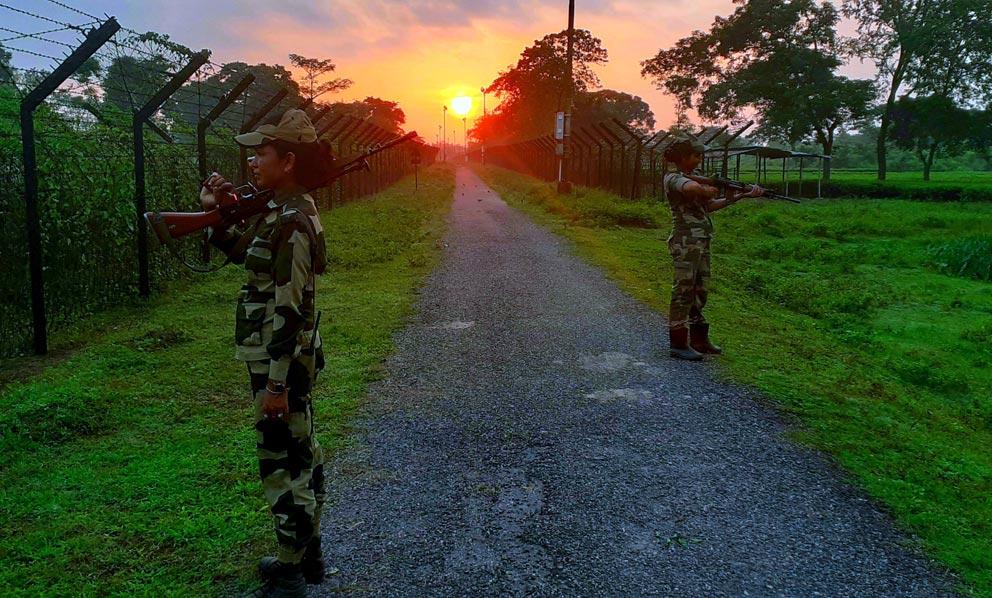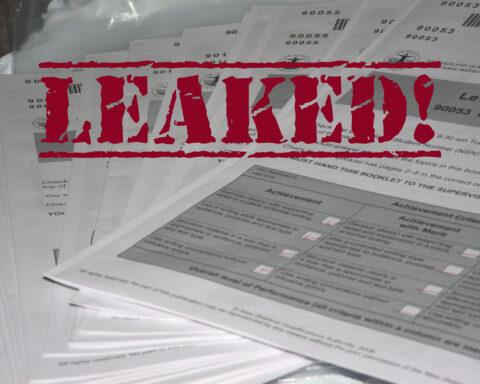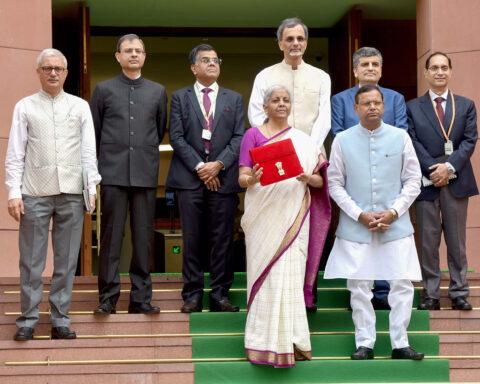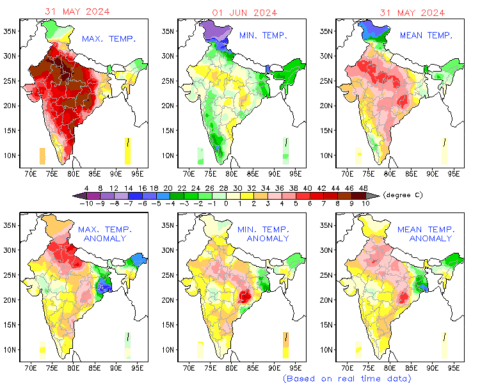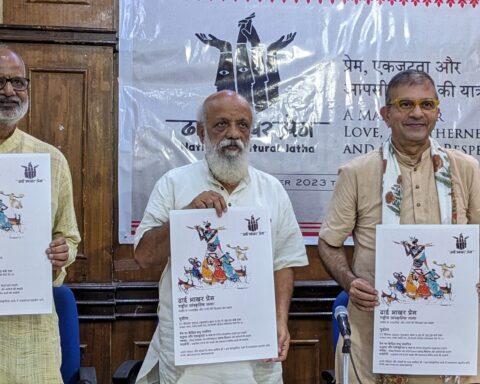On a hot summer morning in June 2020, at around 5 am, Border Security Force (BSF) sentries manning a border outpost at Pansar in Rathua village in Jammu, which is at touching distance from the Pakistani post across the international border, picked up a strange buzzing sound overhead. It took them a while to realise it was a rogue hexacopter that was being controlled from inside Pakistan’s territory and had intruded into Indian airspace.
The alert border guards at the outpost fired nine shots to bring down the 17.5-kg China-made drone. On inspection of the destroyed drone, BSF personnel discovered that it was carrying a 5.5-kg payload of sophisticated US-made M4 semi-automatic rifles and seven Chinese hand grenades.
A few months later, a similar drone crossing was attempted into Indian territory across the international border in Gurdaspur district in Punjab. After the BSF troops grounded the drone with firepower, they discovered it was carrying a steel tiffin box containing three kilograms of RDX. In February this year, another Pakistani drone was shot down in the same area while trying to drop pistols and explosives in Indian territory.

